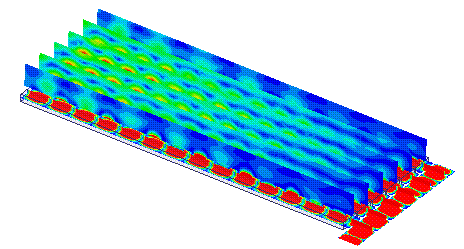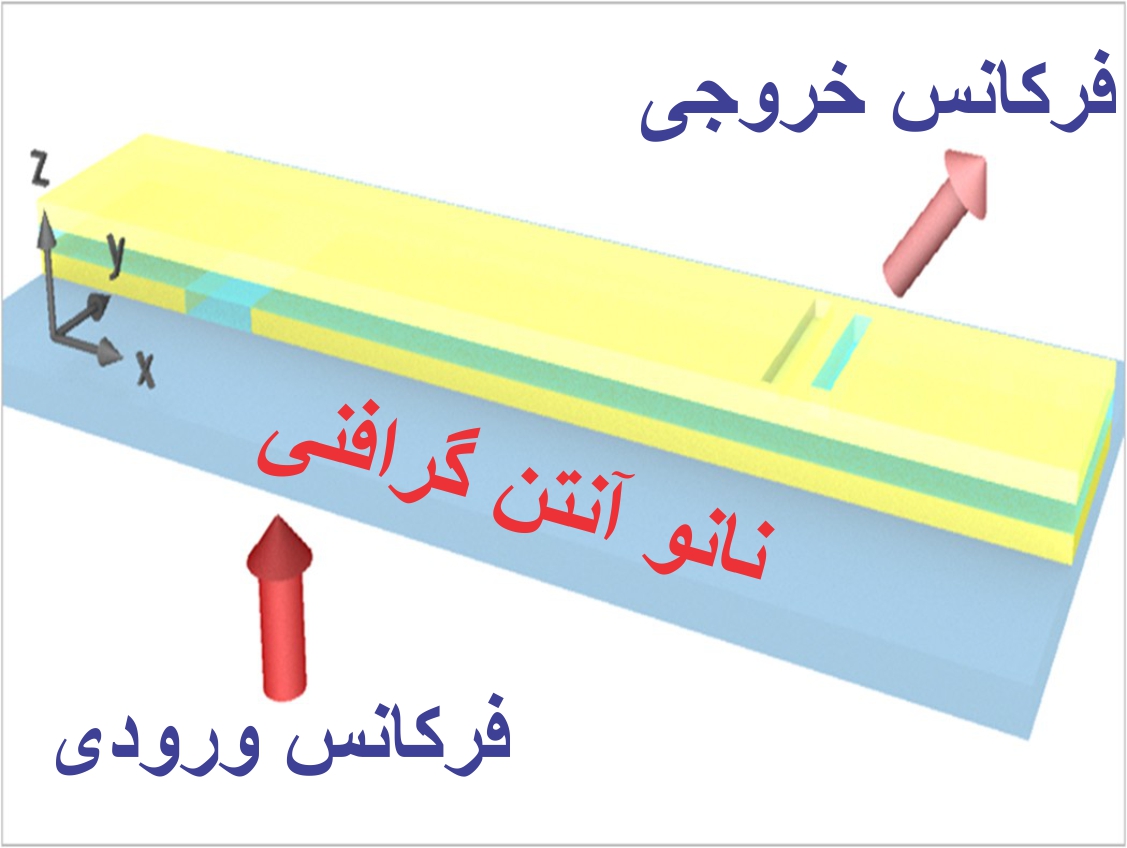Department of nano-micro-antennas and nano-electromagnetic waves (Nano-Micro-Antena)
In order to be usable, nano antennas need to have a very high operating frequency ( the resonance frequency of graphene-based nano antennas ).
Researcher and author: Dr. ( Afshin Rashid)
Note: In general, in order to receive the electromagnetic wave in the space, the dimensions of the antenna must be in the same order as the wavelength of the input to its surface. Due to the very small dimensions of nano sensors, nano antennas need to have a very high operating frequency in order to be usable. The use of graphene helps to solve this problem to a great extent. The speed of propagation of waves in CNTs and GNRs can be 100 times lower than its speed in vacuum, and this is related to the physical structure, temperature and energy.
Based on this, the resonance frequency of graphene-based nano-antennas can be two orders of magnitude lower than nano-antennas based on nano-carbon materials. It has been mathematically and theoretically proven that a quasi-metallic carbon nanotube can emit terahertz radiation when a time-varying voltage is applied to its sides.
The kinetic inductance per unit length of the nanotube is ten thousand times greater than the magnetic inductance per unit length of conventional antennas. Therefore, the speed of the wave will be 100 times smaller than the speed of light. The efficiency of a classic nanotube antenna is around -90dB, which is due to resistive losses. Meanwhile, the dimensions of the antenna and nano system or nano sensor set, operating frequency, power losses, the scope and dimensions of the sensor network, the structure and facilities of the power supply system and the physical platform of communication between different parts of a nano system, major factors and parameters are that each of them is decisive in a way and determines the ability to build and the performance of the final system. Graphene structures can be used to make nano antennas and this valuable structure can play a very important role. Fabrication of nano antennas in various applications of telecommunication and communication systems In common with nanoscale systems, there are new fields and functions of basic nanoelectronics equipment and telecommunication systems.
Conclusion :
Due to the very small dimensions of nano sensors, nano antennas need to have a very high operating frequency in order to be usable. The use of graphene helps to solve this problem to a great extent. The speed of propagation of waves in CNTs and GNRs can be 100 times lower than its speed in vacuum, and this is related to the physical structure, temperature and energy.
Researcher and author: Dr. ( Afshin Rashid)
Specialized doctorate in nano-microelectronics




